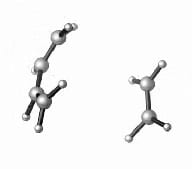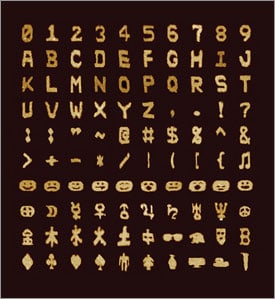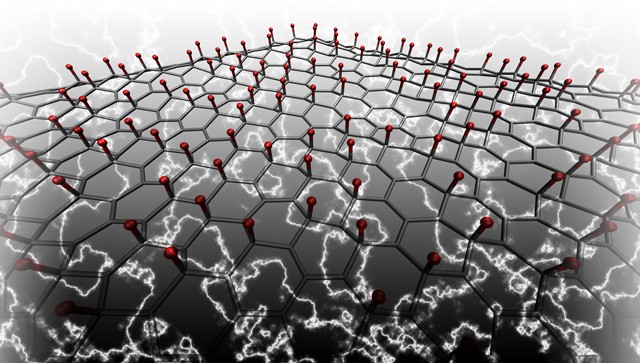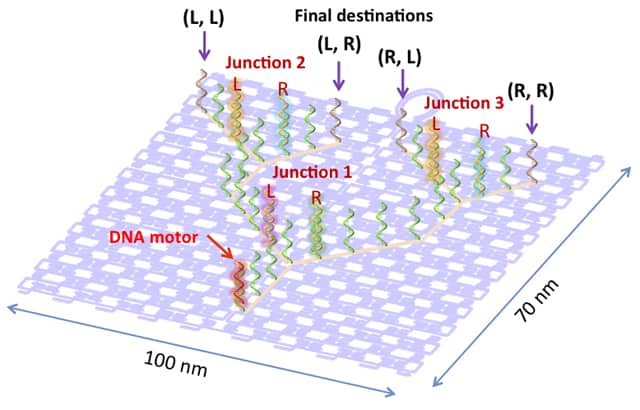Computational insights into a fundamental organic synthesis reaction may lead to the ability to design a catalyst for any desired reaction.
Toward a method to design any needed catalyst?


Computational insights into a fundamental organic synthesis reaction may lead to the ability to design a catalyst for any desired reaction.

Nanoparticles made from specific DNA and RNA strands, homogeneous in size, composition, and surface chemistry, proved superior to other nanoparticles in silencing gene expression in tumors in mouse experiments.

A set of 310 short single-stranded DNA tiles, plus a few additional short sequences for the edges, has been used to form more than a hundred large, complex DNA objects.

Calculations using density functional theory have demonstrated that graphene can be made piezoelectric by adsorbing atoms or molecules on one surface, or by adsorbing different atoms or molecules on each surface.

Functioning DNA nanorobots to deliver specific molecular signals to cells were designed by combining DNA origami, DNA aptamers, and DNA logic gates.

Scientists at Kyoto University and the University of Oxford have combined DNA origami and DNA motors to take another step toward programmed artificial molecular assembly lines.
A tutorial review available after free registration presents a theory-based exploration of the difficulty in moving from simple molecular switches to arrays of artificial molecular machines capable to doing substantial, useful external work.
Protein-like structures called peptoids can be formed into stable, free-floating nanosheets.
Adding a new molecular recognition code to structural DNA nanotechnology—a pattern of projecting and recessed blunt-end DNA helices can be used to code the assembly of DNA origami tiles into larger DNA nanostructures.
A bacterial virus called M13 was genetically engineered to control the arrangement of carbon nanotubes, improving solar-cell efficiency by nearly one-third.